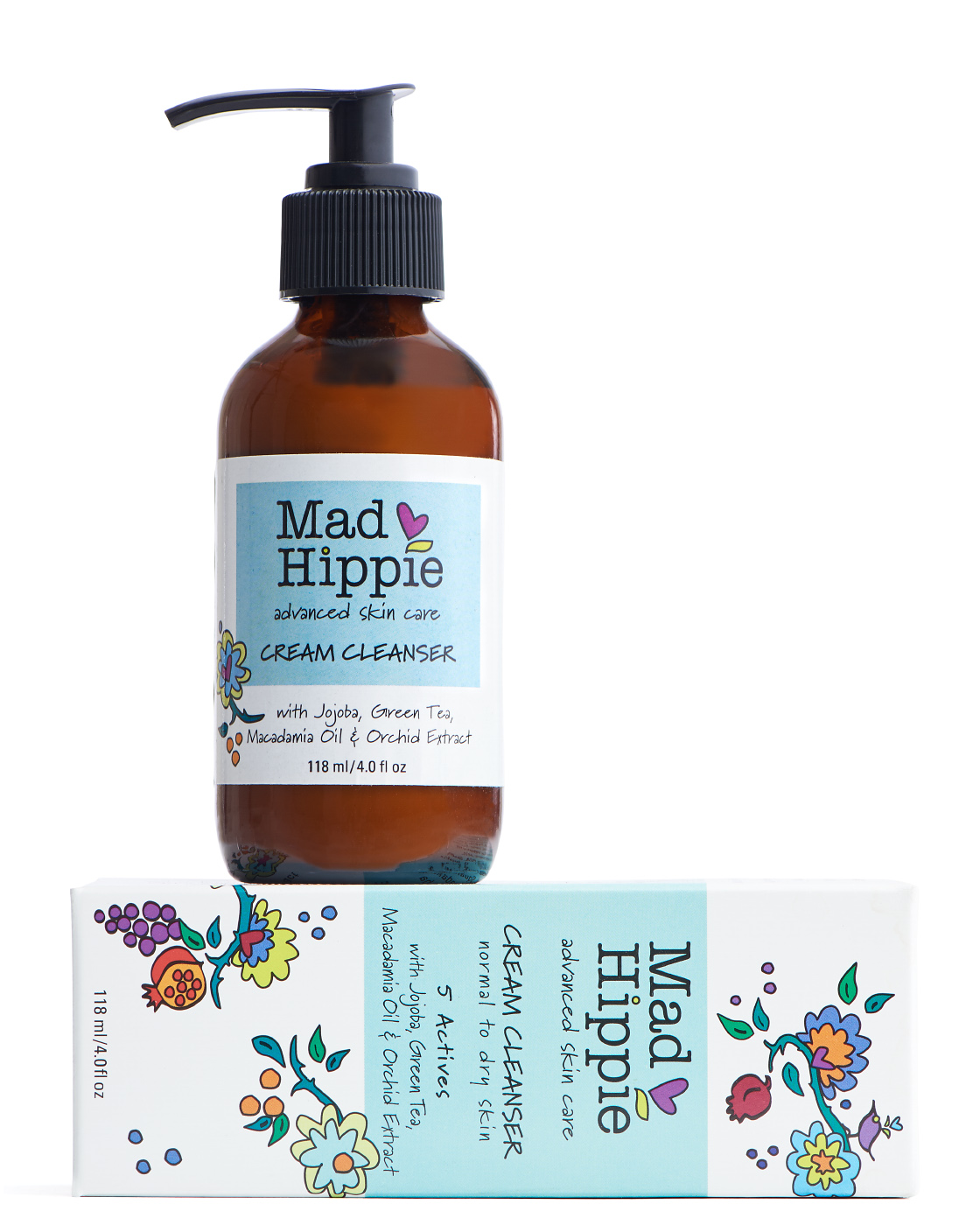There you are, standing in line at Sephora when you overhear a woman say she paid someone to shave her face.
Just as you are about to roll your eyes at this obvious new skin care fad, you are stopped mid-scoff. The woman cannot stop raving about the results of her skin. She claims her face feels as youthful and smooth as a babies butt!

That's right...you're certainly intrigued now.
The revolutionary service referred to here is called Dermaplaning. It is one of the hottest new skin care services in the industry.
It's not really new though. Japanese women have been utilizing facial "shaving" as an anti aging treatment for decades.
Now that it has reached American soil, women can't shut up about it (myself included).
Today I would like to take you on an exfoliation endeavor. I will teach you all about dermaplaning, from what it is, to who should receive it, and why you'll keep it up in the future.
What is dermaplaning
Dermaplaning is a physical skin rejuvenation treatment that removes dead skin and vellus facial hair (peach fuzz), producing more radiant, smooth skin. An Esthetician gently strokes a sterile blade along the surface of the skin to "shave" off unwanted cells and hair.
If you're thinking to yourself now, "you want to put a what to my face?" - you are not the only one.
Yes, a sterile surgical blade is used, and yes, many women initially express concerns.
All of these women, though, quickly come to love the results (in my experience).

The service is completely safe and pain-free. Most people explain the sensation being similar to scratching one's own face.
I must iterate the importance of finding a trained, licensed professional to perform this service. This is not something you can do at home. This is not something an inexperienced provider should do. Dermaplaning takes precision and must be performed by an experienced professional.
Dermaplaning vs shaving
Dermaplaning is not facial shaving, but it is.
Have I lost you?
Shaving is defined as "cutting the hair off one's face with a razor." Dermaplaning uses a scalpel blade, not a razor, but it does cut the hair off the face.
Dermaplaning works in similar fashion to at-home razors but is significantly more aggressive.
Both the blade and razors are placed at a 45-degree angle to achieve optimum results with a minimal result in injury (you may experience the occasional nick).
So what's the difference?
- Dermaplaning is more aggressive than shaving.
- Dermaplaning uses a surgical, disposable blade.
- Dermaplaning cannot be performed at home.
- Dermaplaning blades are singular, whereas razors are usually stacked with 2-3 blades.
- Dermaplaning is a skin rejuvenation treatment intended to remove dead skin cells and improve fine lines, wrinkles, and improve skin tone and texture.
- Dermaplaning should not be used to get rid of terminal hair (such as beard hair).
- Dermaplaning should not be received any sooner than 21 days apart.
Let's now discuss the benefits so you may understand why the industry is abuzz over this service.
benefits of dermaplaning
Did you know Marilyn Monroe regularly shaved her face?
Ask any skin care professional (or Hollywood actress) what the secret to flawless, youthful skin is, and they'll tell you it's exfoliation.
Dermaplaning is one of the best methods of exfoliation that has zero downtime - a major plus.
Some clients experience mild erythema (superficial reddening of the skin), but it subsides quickly. Besides that, and the radiant skin recently achieved, no one would ever know a service was rendered.
Top 11 benefits of dermaplaning:
- Improves skin texture.
- Eliminates vellus hair and dead skin cells.
- Increases product absorption and efficacy (products work better).
- Promotes cellular proliferation (your anti aging BFF.)
- Minimizes fine lines and wrinkles.
- Lessen acne occurrence.
- Makeup application is smooth and flawless.
- No down time. (You can schedule this at lunch - seriously.)
- Brightens skin and reduces hyperpigmentation.
- Great alternative for those with sensitive skin or rosacea.
- Safe for all skin types.
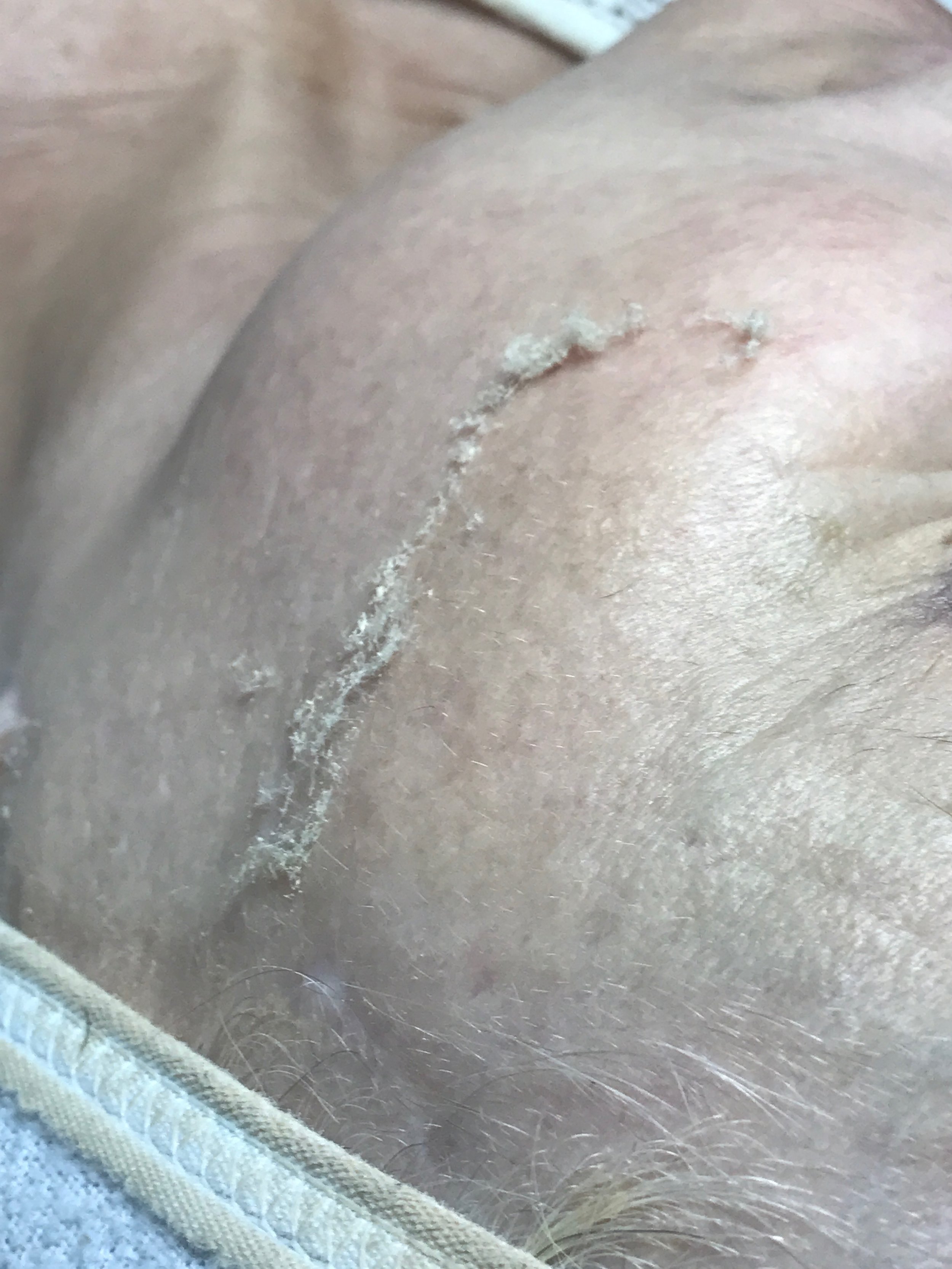
All of this is dead skin and facial hair!
Exfoliating the skin also stimulates circulation and increases blood flow to the epidermal layers of the skin. The epidermis does not contain blood vessels and receives nutrients through diffusion. By stimulating blood flow, essential nutrients are delivered to the epidermis and thereby supports anti aging and radiant skin.
What is a dermaplaning service like?
As mentioned earlier, dermaplaning is a skin rejuvenation treatment that is safe and highly effective.
The first step is to gently cleanse the skin, using an oil based cleanser.
Some professionals prefer to use a peel prep, or similar cleanser to first "strip" the skin of its natural oils. It depends on where you go.
The skin will then be cleansed again. Each cleanse should last at least 60-seconds. Clients arriving without makeup don't necessarily need to receive a double cleanse, but we do it to be thorough.
Proper cleansing is essential to ensure pollution, bacteria, oils, and dirt is removed from the skin.
I prefer an oil based cleanser so as not to strip the acid mantle (a naturally secreted protective barrier made of lipids and acids).
The next step is to pat the skin dry with a clean 4x4 cloth.
At this point, an oil may be applied to the skin, such as jojoba or argan, to allow the blade to glide smoothly. Using an oil-based cleanser will provide a similar glide as well.
The skin has been fully prepped now, and the exfoliation will begin.
The skin is held taut, starting with the forehead, while the practitioner gently strokes the blade at a 45-degree angle. Some spas begin along the jaw line and work their way up, but one side of the face will always be treated first and then the other.
A warm towel will be placed on the face to remove any excess hair or skin and as a form of relaxation.
If a peel is being received alongside the treatment, this is when the application will be most effective. After dermaplaning product penetration is heightened, allowing for reduced amounts to deliver more effective results.

The service is then finished up with any serums to promote hydration, a moisturizer, and SPF (always).
Now that you know what to expect from your service, let's discuss what you should (or shouldn't) do before your treatment.
How to prepare for dermaplaning
1. Book a consultation.
If this treatment is first-time for you, this is crucial.
Consultations allow the Esthetician to evaluate your skin and assess if you are a candidate, or if another treatment would be more beneficial.
Dermaplaning is safe for all skin types, but depending on your concerns, there may be other services better suited to help you achieve your goals.
To schedule a complimentary consultation at Beauty by Allison, click here. If you are not local to the Austin area, many spas offer consultations complimentary - just call and ask!
2. Discontinue any manual or physical exfoliation 3-5 days prior.
The essence of a dermaplaning service is that it exfoliates the uppermost layers of skin to remove unwanted skin cells, dull and dry skin, as well as vellus facial hair.
To ensure the skin is not damaged by over-exfoliation, discontinue use of any products containing ingredients that slough off skin cells. This includes, but is not limited to AHAs, BHAs, enzymes, micro-beads, and retinoids.
If you are currently using Retin-A (the highest strength retinoid on the market) discontinue use for 7-14 days prior to treatment.
If you have just begun using the product and are experiencing flaking, peeling, redness, dryness, or irritation, discontinue for 14 days prior to receiving this service.
3. Avoid sun exposure for 5-7 days prior to the service.
You wouldn't shave over a sunburn, would you? Let's hope not.
Sun exposure (in moderation) is necessary to producing adequate concentrations of Vitamin D, which absorbs calcium and aids in the formation of healthy bones.
However, sun exposure can increase skin sensitivity, so stay out of it before your treatment.
If you are red or burned, you must wait 14 days before receiving a treatment. Arrive in such a condition and your Esthetician will reschedule your appointment and you may be subject to a fee.
4. Do not schedule Botox or facial filler prior to dermaplaning.
Many people schedule their appointments back to back, and why shouldn't you stack? It saves time, energy, and gas. If you've found a one-stop shop salon, hats off to you.
That being said, schedule wisely.

After Botox, there is a 4-hour wait before you can lie down.
After filler, you must wait 3-4 days before receiving any treatments that apply pressure to the skin.
Schedule your dermaplaning service before your Botox or filler appointment if you are receiving them on the same day. If you are receiving them after, follow the guidelines above.
5. Schedule your waxing services 1-2 weeks before dermaplaning.
Facial epilation (hair removal from the bulb) needs to be scheduled 7-14 days prior to receiving a dermaplaning service.
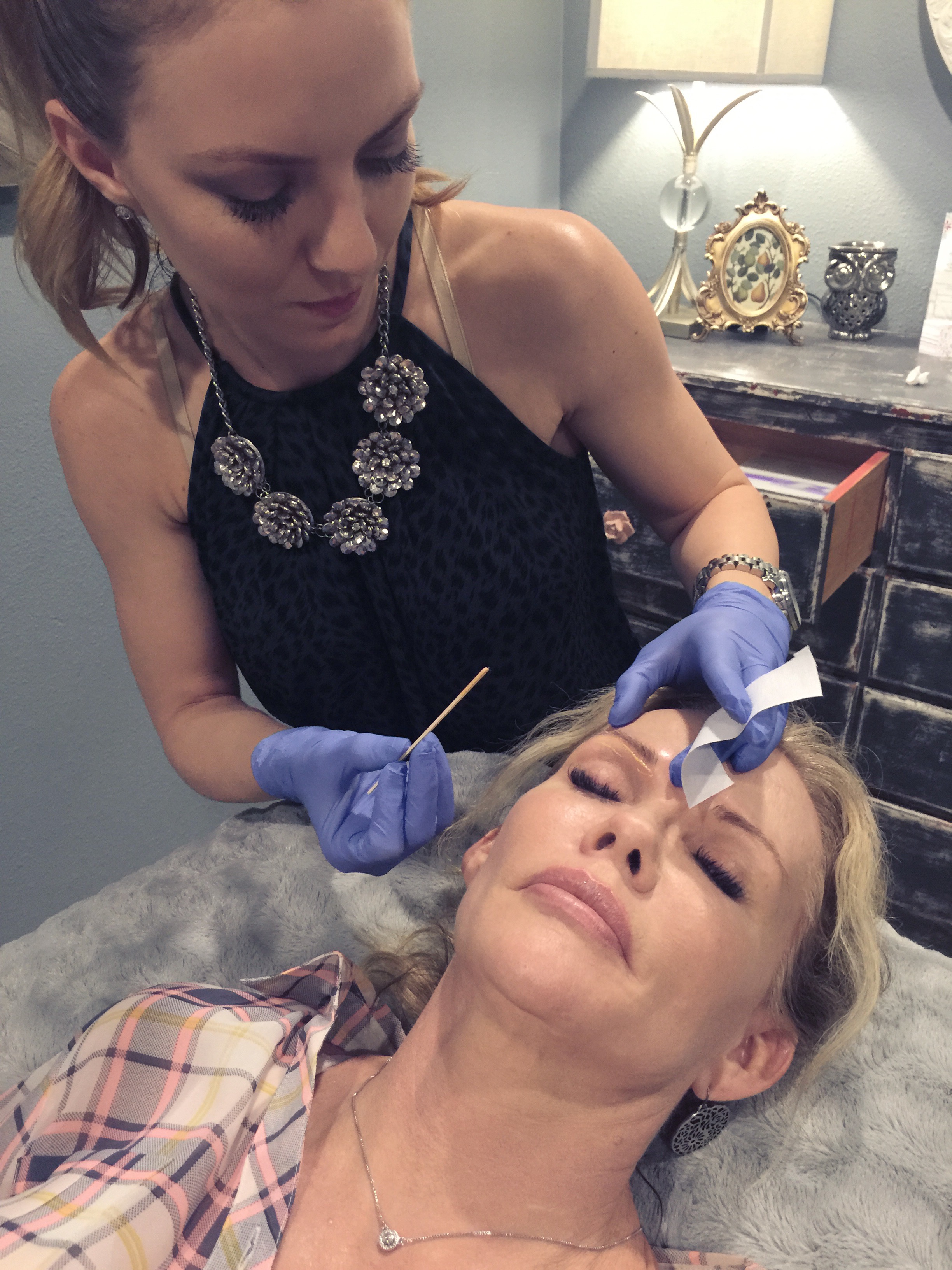
You may choose to do away with waxing, threading, and sugaring altogether in lieu of hair removal via dermaplaning.
While dermaplaning is great for vellus hair, it is inadequate for removal of terminal hair, such as beard hair. Eyebrows and thick chin hair are other examples.
Waxing and sugaring remove a layer of skin cells, along with the intended hair. Schedule your appointment 7-14 days prior to avoid over-exfoliation or irritation.
6. Reschedule your appointment if you have open acne lesions or wounds.
Dermaplaning is not a safe service to perform with open wounds or acne lesions nor is it safe to try and shave around the areas.
Acne is controlled 100% by hormones. Not only are breakouts uncomfortable and often bring feelings of insecurity, they're also unpredictable.
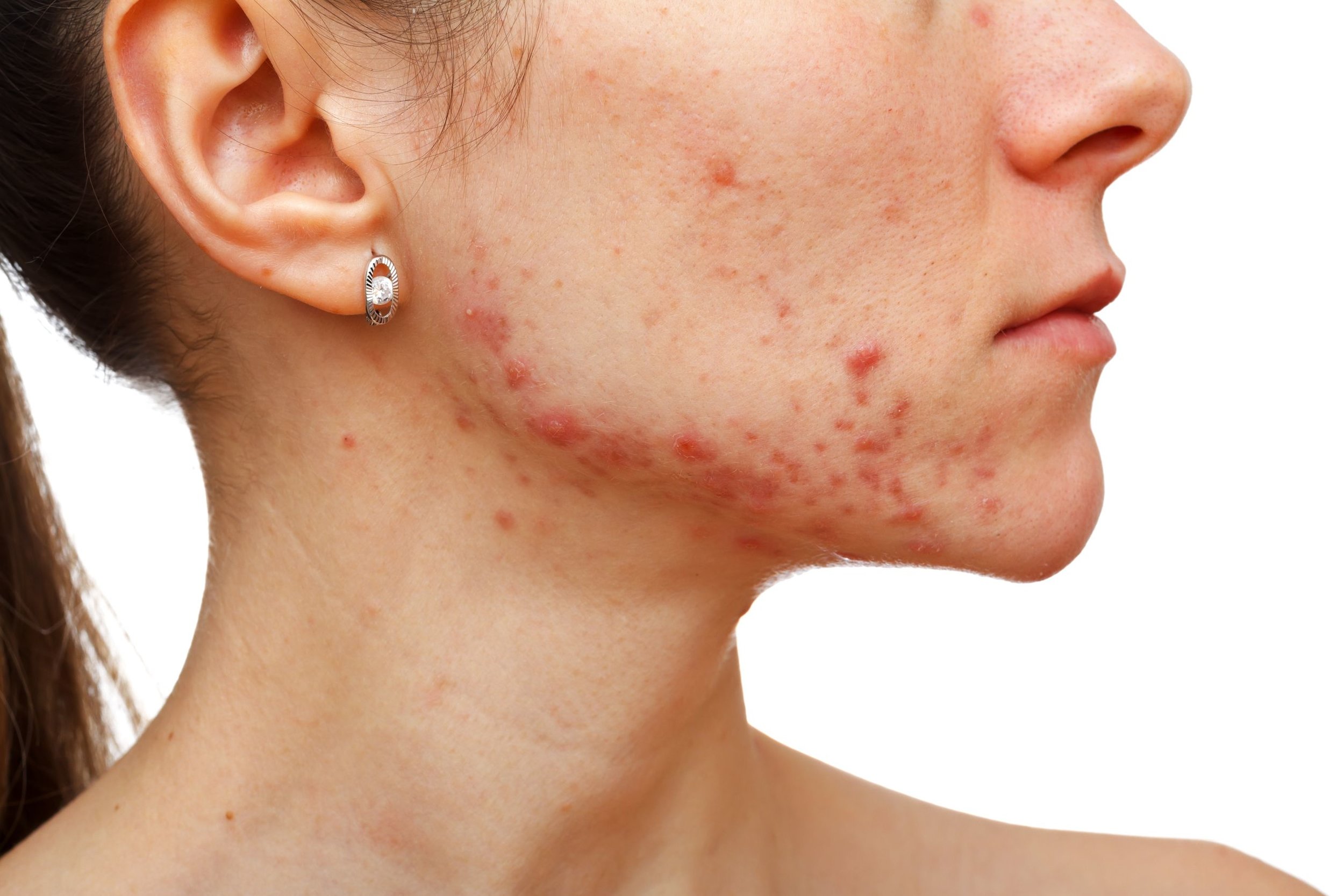
As a service provider, I know how disappointing it can be to reschedule an appointment simply because your skin decided to be an ass-hat. Trust me, we get it, but it's in your best interest.
Areas will have to be skipped and the likelihood you'll get nicked increases, both of which devalues the service you receive.
7. Wait 6 months after completing Accutane.
Accutane is a powerful prescription used to treat nodular acne that has been resistant even to antibiotics.
You are required to take a monthly pregnancy test and use two forms of birth control before a prescription can be filled - if this gives you any idea of the effects it has on the body.
Accutane increases the fragility and sensitivity of the skin and you must wait a minimum of 6 months, up to 12, before receiving physical or chemical exfoliation treatments.
Let's now move on to some common misconceptions about hair removal.
Debunking the shaving myth
The most common question I receive about hair removal treatments is, "will it make my hair grow back thicker or darker?"
In regards to dermaplaning, the answer is no, it will do neither.
Dermaplaning targets vellus facial hair, which is fine and lighter in color than terminal hair.
Dermaplaning does not interact with the hair follicle itself and cannot physically alter the growth pattern.
It is a common misconception that shaving causes hair to become thicker and darker because shaving (and dermaplaning) splice the follicle. Hair is tapered at one end and when shaved becomes blunt, which can appear thicker or darker.
Neither is actually true nor is the appearance long-term. Once that hair sheds from the follicle, the new growth will have a tapered end once again.
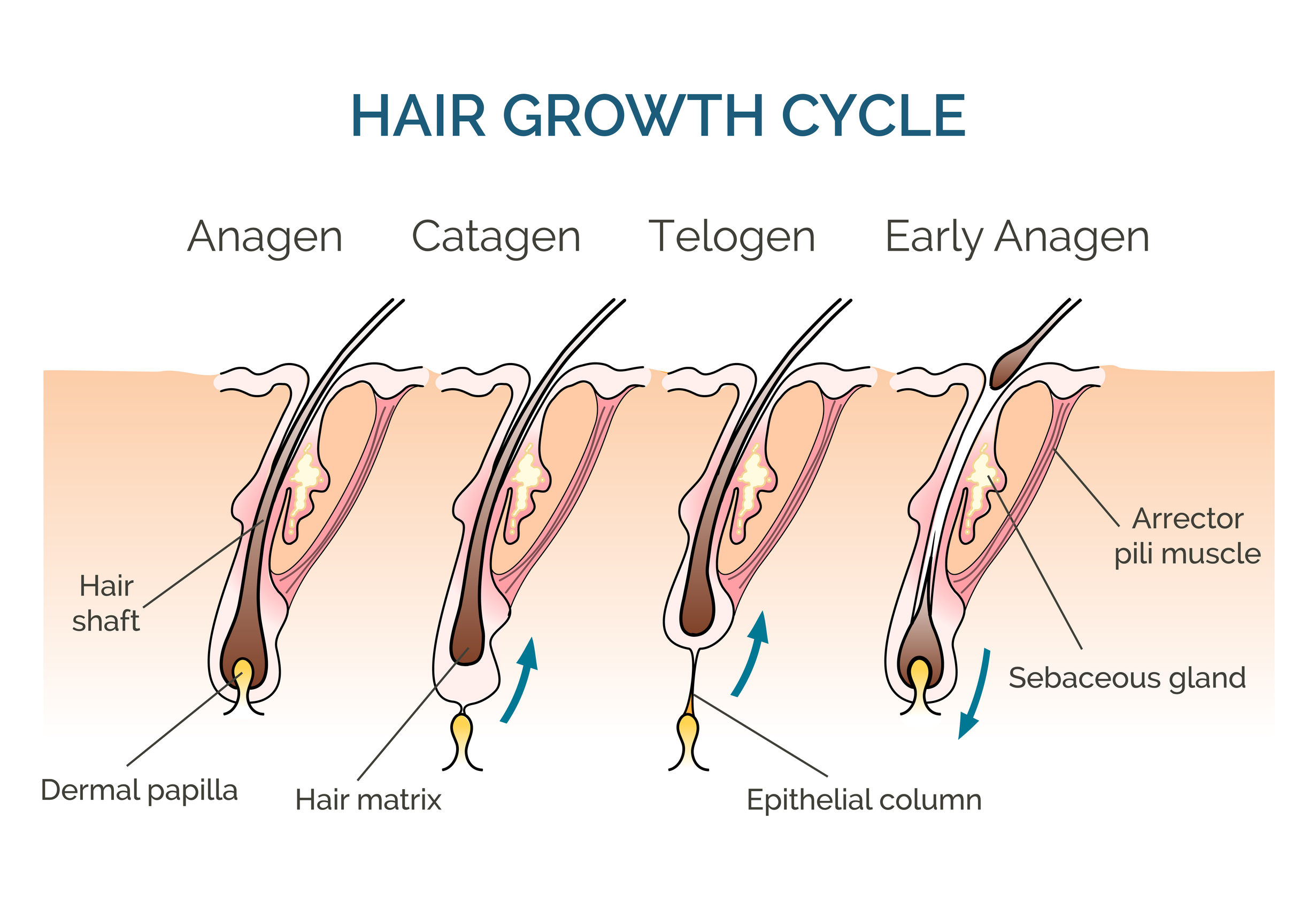
Unless you have a beard - in which case dermaplaning isn't the best service for you anyway - this is not something you need to worry about.
Your leg hair, which is all terminal, may appear thicker or darker, but your facial hair will not.
Hopefully, that clears up any concerns you may have had about the service. You've learned a lot about this service, but you still need to know a few more things, so keep reading!
Dermaplaning Post-treatment care
After receiving your dermaplaning treatment, you should be able to commence your daily schedule as normal. Considered a "lunch-time facial", you may return to work if you need.
As with any professional treatment, there are rules to abide by after. The term "rules" and not "guidelines" were used with intention here. It is possible to cause injury to the skin if aftercare instructions are not taken seriously.
Many individuals receive this service to treat skin issues such as hyperpigmentation or recent acne scarring. Improper post-treatment care can cause the very issue for scheduling in the first place.
To ensure your skin remains healthy and happy, follow these instructions.
1. Avoid direct contact with the sun for the first 48-72 hours.
The epidermis acts not only as a waterproof barrier but protects the layers below from exposure to the outside world. The layer of dead skin cells that builds up is like a warriors' shield in battle, ready to take on sun-exposure, the sworn enemy of youthful skin.
Side note: The above sentence is to be a little funny, but let me be clear. Sun exposure is 100% vital to maintaining a healthy bod. It is the superior way to obtain Vitamin D, which is made when sunlight reacts with Vitamin K in our skin. It is overexposure to the sun that is harmful. Sunscreen is always recommended to be worn on the face, because of constant exposure and the desire for a youthful appearance.
After dermaplaning, there is no protective layer of dead skin cells any longer. There are only healthy cells exposed. The body views this as a form of trauma and in turn, wants to protect the body.
This is why exfoliation works.
We remove dead skin. The body freaks out. More cells are made. Collagen and elastin fibers are produced. We prolong aging.

The image on the left is what happens to skin as we age. The image on the right is what we are trying to achieve with these skin care services.
We trick the body, essentially. By removing what it views as the first line of defense, we promote the production of constituents that give us plump, full skin, and remove cells containing excess pigmentation and devoid the appearance of "glowing" skin.
Direct sun exposure within this time frame after a service can damage the cells because they no longer have their shield. Invest in a hat and stay out of the sun.
2. Wear sunscreen daily.
The above paragraphs explain the vitality of this.
Not all sunscreens are created equal, though.
According to the Environmental Working Group (EWG), approximately 70% of all commercial sunscreens contain toxic chemicals that disrupt hormones and cause cancer.
I do not recommend sunscreens you can purchase at the drug store. They contain synthetic chemical ingredients and break down the moment they are exposed to heat.
A broad-spectrum physical sunscreen (one containing zinc in particular) is recommended. Broad-spectrum means it protects against both UVA and UVB rays.
To remember the difference is easy. UV-Aging vs UV-Burning. UVA rays cause cellular damage that ages the skin and UVB rays cause cellular damage that burns the skin.

Some exposure to UVB rays is essential, as these are responsible for the production of Vitamin D.
Tip: Wear sunscreen even if you are just going to and from your car.
After your dermaplaning treatment, your service provider will have applied sunscreen. Ensure it is a physical protectant and will be good to go for the day!
3. Discontinue use of any exfoliating agents for one week.
Serums, lotions, or face wash that contain retinoids, AHAs (alpha hydroxy acid, like glycolic), BHAs (beta hydroxy acids, like salicylic), micro beads, or enzymes will further exfoliate the skin.
Over exfoliation can cause the skin to hyperpigment (excess pigmentation), hypopigment (lack of pigmentation), or become red, dry, and flaky.
Allow seven days before the use of these products continues.

We have removed dead keratinocytes with this service. Allow the skin to regenerate before you scrub it off again.
4. Use a gentle cleanser.
The skin may feel a little tender after your initial treatment and may need some additional pampering.
Use a gentle cleanser to avoid causing irritation.
As mentioned previously, the outermost layer of cells have been removed and the cells remaining must be treated with care.
5. Do not pick the skin.
If you received a chemical peel in conjunction with your dermaplaning service for added benefits, you may experience some light flaking.
Do not pull this skin off.
Have you ever received a terrible sunburn that began to peel? Did you grab a loose piece and pull it off? Most of us have, there's no judgment here.
The cells of the skin are linked together by something called desmosomes. When you pull one piece of skin, it is connected to another, much like puzzle pieces. This is why sunburns peel in sheets.

Picking at the skin can cause the removal of fresh skin cells before they are ready to shed. The risk of damage is increased - so keep your fingers off your face.
Tip: Grab your gentle cleanser, turn on some warm water, and gently massage the cleanser into damp skin using your fingertips. Cells that are ready will slough off and you won't hurt your fresh new face.
6. Have fun applying your makeup.
Makeup application is super fun after this treatment, particularly if you're extra fuzzy.
Most people (myself included) find they need less makeup after, and it doesn't look caked. Powder and coverage apply smoothly and no longer gets trapped in hair. Bonus!
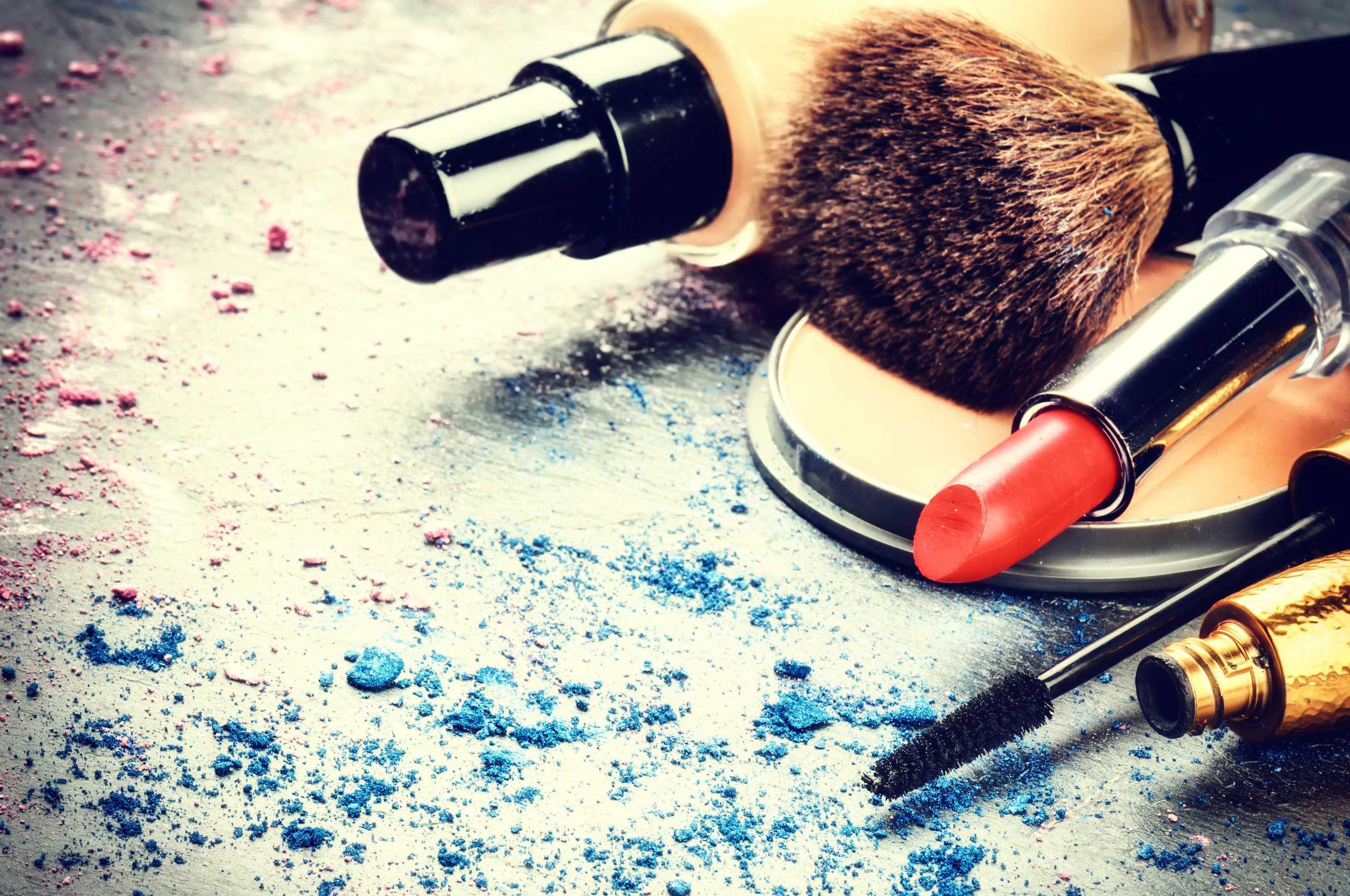
WHO IS NOT A CANDIDATE FOR DERMAPLANING
Dermaplaning is safe for all skin types and particularly beneficial for those with sensitive skin or rosacea. (Rosacea is a contraindication for microdermabrasion.)
Contraindications are procedures (drugs or surgery) that should not be used because they may be harmful to the individual.
There are a few instances in which dermaplaning is not the right service for you. They are listed below.
Dermaplaning contraindications
- Inflamed acne.
- Numerous raised lesions on the skin.
- Open wounds.
- An allergy to nickel.
- Use of Accutane within 6 months of treatment.
Dermaplaning is recognized as generally safe and can be performed on women who are pregnant or nursing (without any chemical peel upgrades) and wish to receive a deep exfoliation.
If the above five do not apply to you, this could be fantastic for you!
Here's to healthy, happy skin!
If you have any further questions or are still not convinced, please comment below.
